Training your dog to give paw is a fun and interactive way to bond with your furry friend. It’s a simple trick that can be taught in a few easy steps and a great way to impress your friends and family.
Dogs are social animals and are motivated by positive reinforcement. This means that when they do something good, they expect rewards like treats, which are an important part of the training process. Treats serve as tasty rewards when your dog performs a desired action.
In this article, we’ll go over the basics of training your dog to give paw, including common mistakes to avoid and advanced techniques.
Key Takeaways
- Making sure to understand your dog’s behavior while you train them is very important.
- Training your dog stepwise and being patient and consistent is key to success.
- Avoid punishing your dog or using physical force to get them to comply with the work you are asking them to do.
Understanding the Basic Dog Behavior
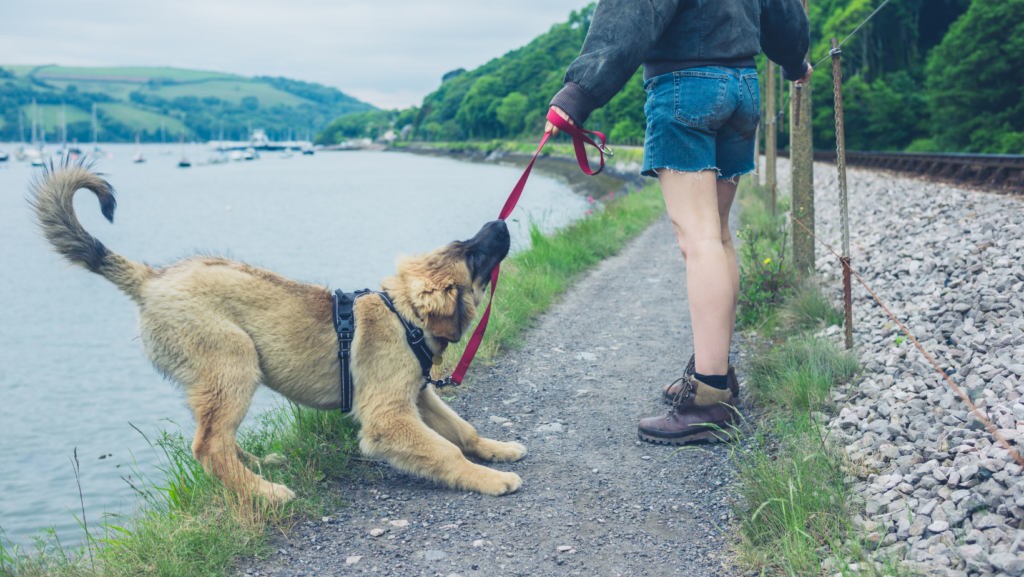
Understanding the fundamental behavior of your dog is crucial when it comes to training them. Dogs respond well to positive reinforcement. It’s also important to understand that different breeds of dogs have different temperaments and behaviors.
Some species are more energetic and require more exercise and mental stimulation. In contrast, others are more laid back and require less. Understanding your dog’s breed and personality can help you tailor your training to their needs.
Training Your Dog Stepwise
Training your dog stepwise is the key to success. Start with a simple command like “sit,.” As soon as you see your dog performing according to the given command, understand that you can move on to the next command, which is “give paw.” This section will guide you through the step-by-step process of teaching your dog to give paw.
Step 1 – Focus on your Dog’s Attention
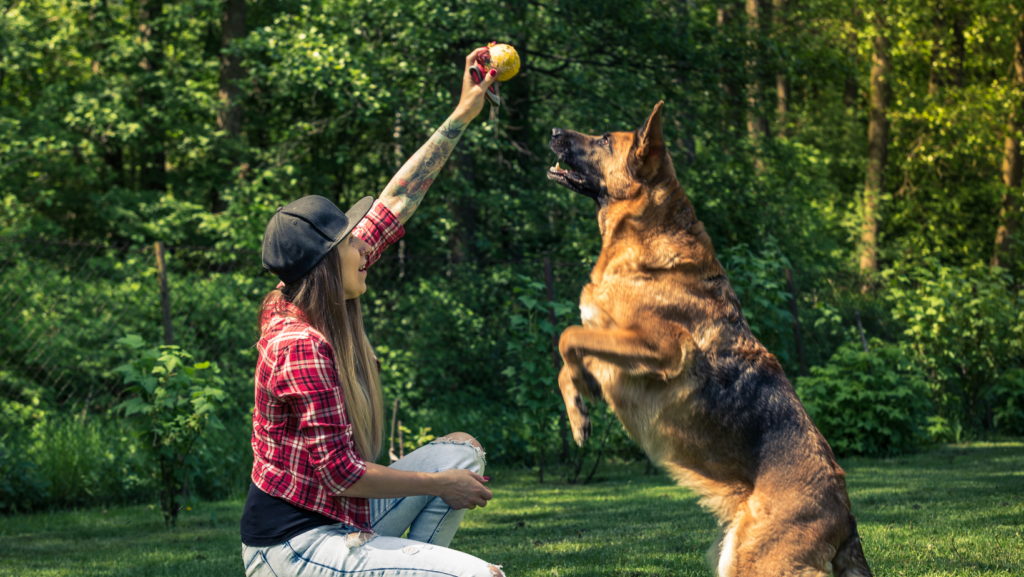
Before you start training your dog, make sure he is calm, well-fed, exercised, has relieved himself, and focused, as it is a very important part of the training
Step 2 – Choose The Right Environment
Choose an environment that is quiet and distraction-free. Avoid areas with loud noises or other animals that may distract your dog. A calm and familiar environment will help your dog focus on the training.
Step 3 – Prepare for Training
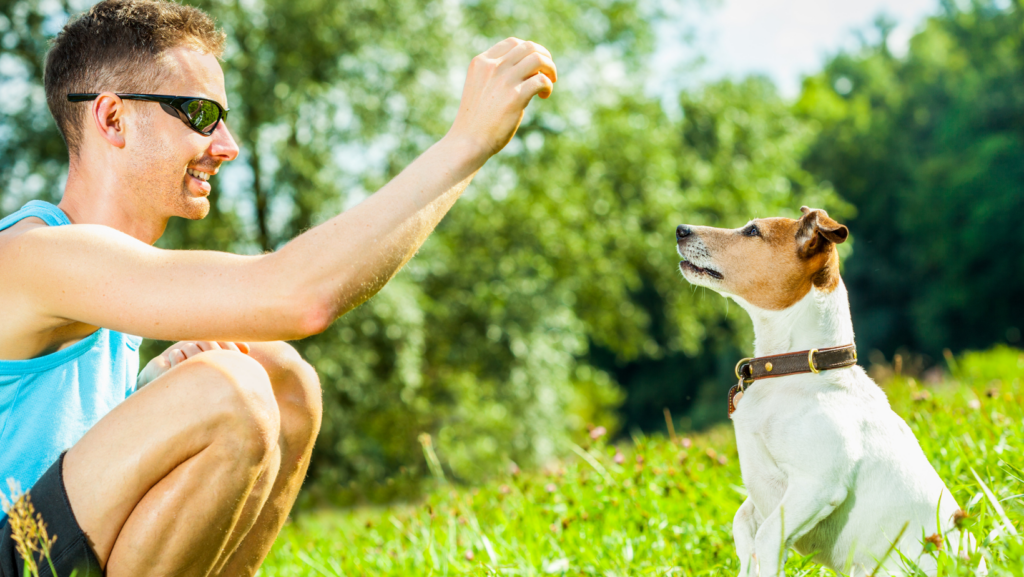
Gathering the necessary supplies is important for successful training. You will need a treat your dog loves. Make sure you have enough treats to reward your dog throughout the training.
Step 4 – Get the Required Training Tools
A clicker can help train your dog to give a paw as it makes a clicking sound when you press it. The clicker’s sound is a signal to your dog, which makes him understand that he has performed the desired behavior and will get a treat.
Step 5 – Introduce the “Paw” Command
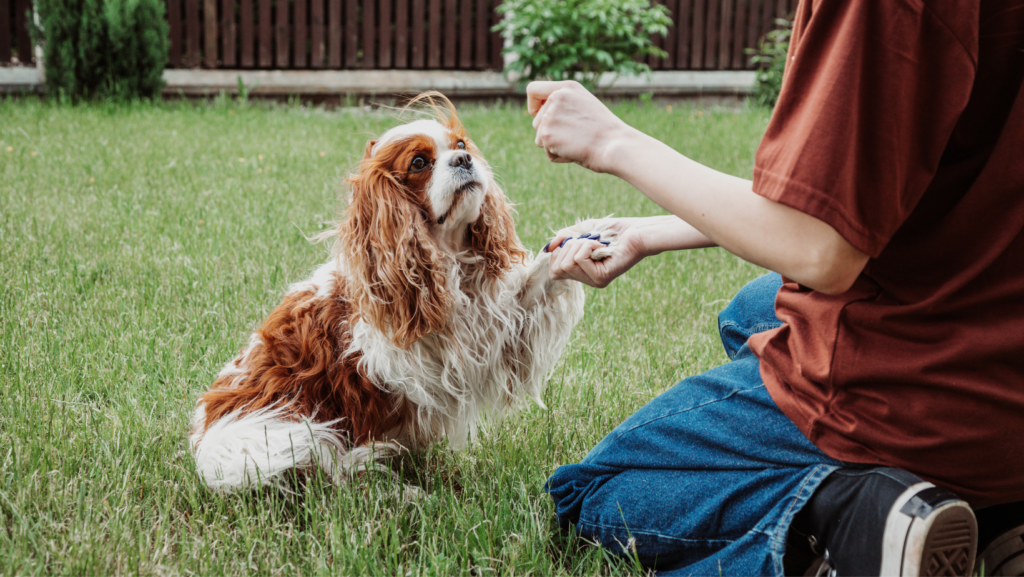
After you have taught your dog the ‘sit’ command and you see your dog is sitting, hold a treat in your hand and close it. Seeing the treat, your dog will try to get it using its paw. When your dog lifts its paw, command “paw” and click the clicker.
Step 6 – Reward Success
Positive reinforcement is critical to successful training. Give your dog treats and praise him every time he performs according to your commands, as this technique will encourage him to repeat the behavior.
Step 7 – Importance of Positive Reinforcement
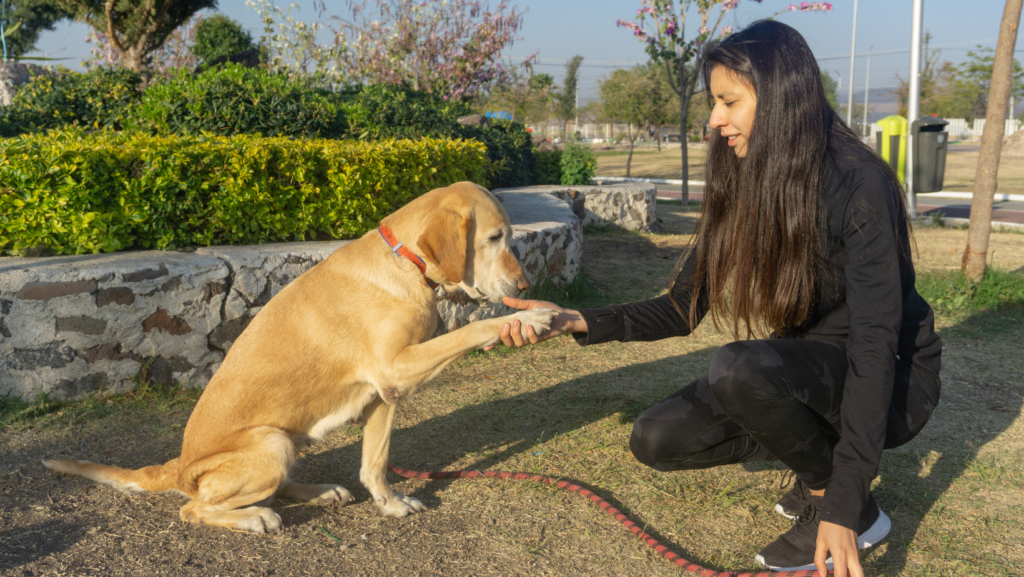
Positive reinforcement, such as treats and praise, will help your dog associate the desired behavior with a positive outcome. Punishing your dog for not performing the desired behavior can be counterproductive and may lead to negative associations with training.
Step 8 – Repeat and Stay Consistent
Repetition and consistency are important for successful training. Practice the ‘give paw’ command several times a day, every day. This will help your dog learn and retain the behavior for longer.
Your dog may take several weeks to learn the ‘give paw’ command. Be sure to praise and reward your dog for every small success.
Common Mistakes to Avoid
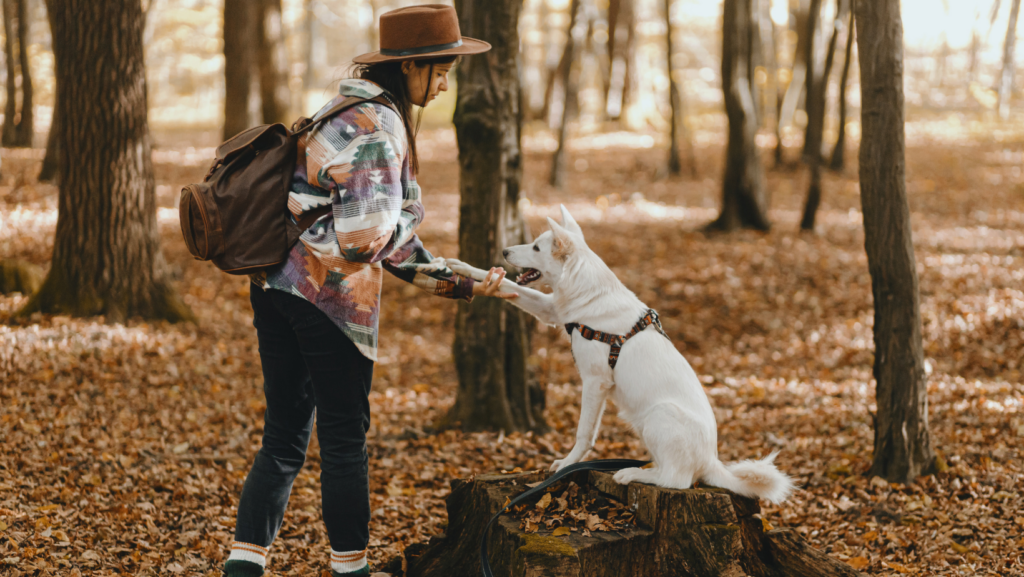
When training your dog to give paw, there are a few common mistakes to avoid. Here are some of the most important ones:
1. Overdoing Training Sessions
One of the biggest mistakes you can make when training your dog to give paw is sparingly doing your training sessions. Dogs have small attention spans, so if you are trying to prepare them for long hours, they will become bored and lose interest in the training. This can make it much harder to teach them new tricks.
To avoid this mistake, keep your training sessions short and sweet. Try to limit each session to no more than 10-15 minutes, and make sure to take plenty of breaks in between so that it keeps your dog engaged and interested in the training.
2. Inconsistent Commands
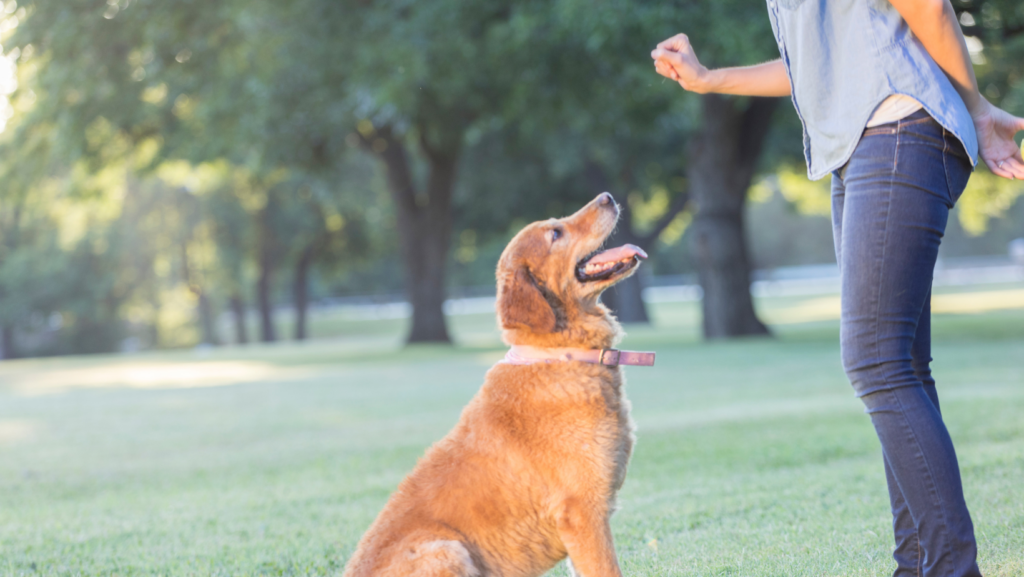
Another common mistake is to use inconsistent commands when training your dog to give paw. If you use different words or phrases to give the same command, your dog may become confused and find it harder to learn the trick.
By avoiding these mistakes, you can make the training process much easier and more effective for you and your dog. Keep in mind that your training sessions need to be short and consistent so that you are well on your way to teaching your dog to give paw!
Advanced Paw Training
Once you see your dog has mastered the basic paw commands, you can move on to more advanced training techniques. This section will explore two ways to add complexity to your dog’s paw training: adding complexity and integrating other commands.
1. Adding Complexity
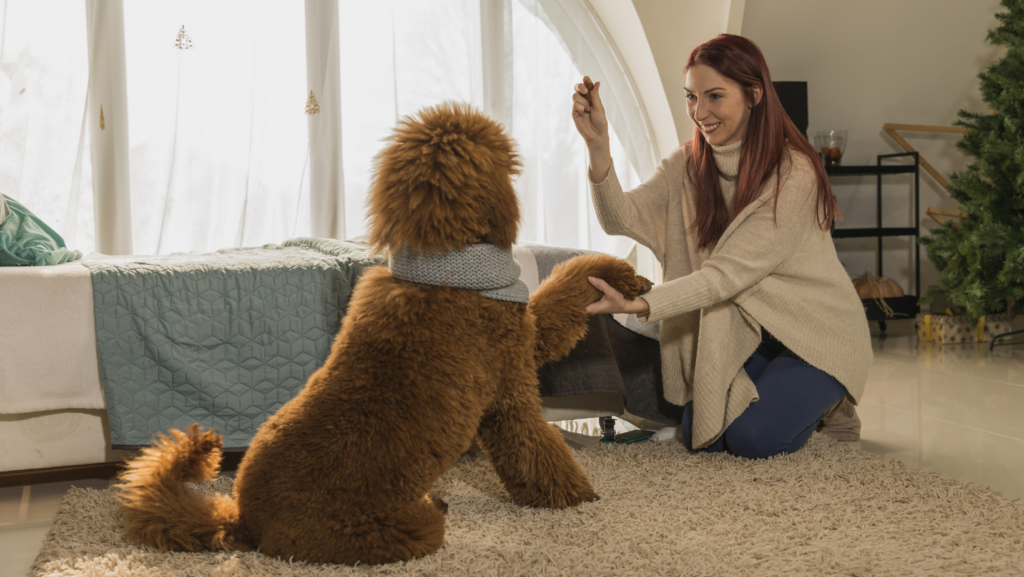
To add complexity to your dog’s paw training, you can ask your dog to perform the paw command with different paws. For example, if your dog has been giving you his right paw, try asking for his left paw instead. This will challenge your dog and help him develop better coordination and balance.
Another way to add complexity is to have your dog perform the paw command while standing on different surfaces. For example, you can ask your dog to give a paw while standing on a carpet, a hardwood floor, or a grassy surface. This will help your dog adjust his balance and coordination based on the surface he is standing on.
2. Integrating Other Commands
You can integrate other commands into his paw training to further challenge your dog. For example, you can ask your dog to give a paw while sitting or lying down. This will help your dog to associate the paw command with different positions and movements.
You can also integrate other commands, such as “stay” or “come,” into your dog’s paw training. For example, you can ask your dog to give a paw while staying in place or coming to you from a distance. This will help your dog learn to follow multiple commands simultaneously and improve his obedience.
FAQ’s
Training a stubborn dog can be challenging, but a few tips can make the process easier. First, keep training sessions short and positive. Use positive reinforcement, such as treats and praise, to encourage good behavior. Be consistent in your commands and expectations, and avoid using punishments or negative reinforcement. Finally, be patient and persistent – training a stubborn dog may take longer than expected.
Puppies can learn to shake hands at any age, but they may only have the attention span or coordination to learn the trick once they are a few months old. It is important to start training early but also to be patient and work at your puppy’s pace.
The time it takes to train a dog to shake hands can vary depending on the dog’s personality, age, and previous training experience. Some dogs may learn in just a few days, while others may take several weeks or even months. Consistent and positive training sessions, along with patience and persistence, will help your dog learn the trick and reinforce good behavior.
There are several reasons why a dog may have difficulty learning to shake hands. Some dogs may be shy or anxious, while others may be distracted or uninterested in the training process. It is important to tailor your training approach to your dog’s personality and needs and to be patient and persistent. If your dog continues to have difficulty learning the trick, it may be helpful to seek the advice of a professional dog trainer.
Conclusion
As you have reached the end of this article, I hope you have learned the tips and techniques. Training your dog to give paw is considerably a tough job, but if you have positive willingness and determination, nothing can stop your fur baby from shaking hands. You can teach your dog this simple trick with patience and consistency in just a few short training sessions.
Meet Fabian Wright, our guide into the animal realm at PetLoversArena.com. Having served as an Animal Care Specialist for the Ruwenzori Team at the Kansas City Zoo, he prioritizes conserving exotic species by replicating their habitats. Fabian aspires to share captivating stories of creatures, big and small, through PetLoversArena.com.

